Conventional Weapons
Conventional weapons encompass a wide range of equipment, including but not limited to armoured combat vehicles, combat helicopters, combat aircraft, warships, small arms and light weapons, landmines, cluster munitions, ammunition, and artillery.
Conventional weapons are the most common type of armament globally and historically the most commonly used in conflict. However, there is a significant lacking of global rules or binding measures regulating the trade of conventional arms. The United Nations Secretary-General has repeatedly voiced his concern about the lack of global norms on arms transfers. Several United Nations instruments, including the Register of Conventional Arms, have attempted to build confidence and minimize the risk of conflict by encouraging states to make the quantity and type of arms they transfer more transparent (A/RES/46/36 L). The recently adopted Arms Trade Treaty (A/RES/68/31) seeks to prohibit irresponsible arms transfers and prevent the shipment of arms to conflict zones where they are likely to exacerbate violence and contribute to repression and human rights abuses. Other international arms control instruments include:
- Convention on Prohibitions or Restrictions on the Use of Certain Conventional Weapons Which May be Deemed to be Excessively Injurious or Have Indiscriminate Effects,
- Convention on the Prohibition of the Use, Stockpiling, Production and Transfer of Anti-Personnel Mines and on their Destruction (Mine Ban Treaty),
- Convention on Cluster Munitions.
Our age has confronted no greater ethical, political and institutional challenge than ensuring the protection of civilians, as victims of both war and of mass atrocity crimes.— Gareth Evans, Australian Minister for Foreign Affairs (1988–96)
Conventional Weapons in Asia and the Pacific
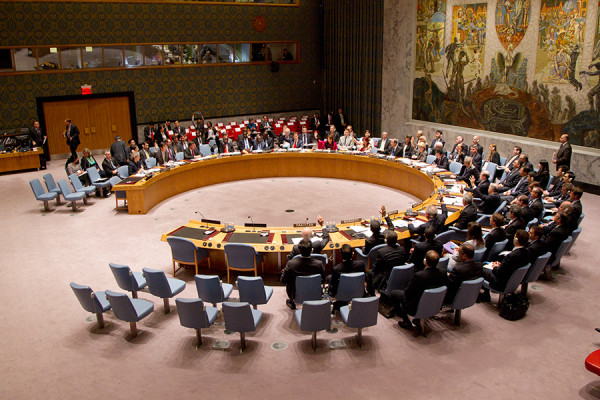
According to SIPRI, 6 of the top 10 largest importers of arms are in Asia and the Pacific, and the volume of arms transfer to South East Asia in particular has increased threefold between 2002-2006 and 2007-2011 (SIPRI Yearbook 2012). During the period 2006–2010, countries in Asia and the Pacific accounted for 43 percent of global conventional weapons imports. This high demand reflects both national security concerns and regional tensions. The type and volume of weapons sought by the region reflect concerns related to piracy, illegal resource exploitation and terrorism, as well as increased regional tensions accountable to territorial disputes in the South China Sea. Currently, UNRCPD focuses its activities on two thematic areas related to conventional weapons: the UN Programme of Action on Small Arms and Light Weapons (PoA) and the Arms Trade Treaty (ATT).
Featured Publications

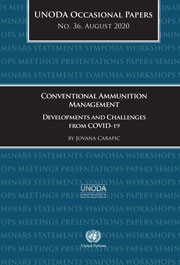
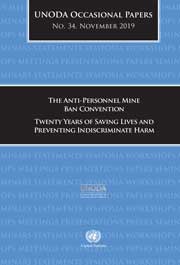
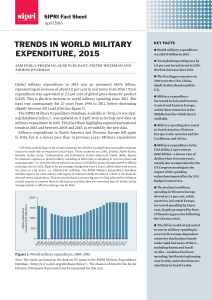
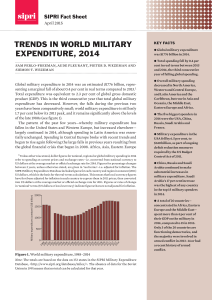
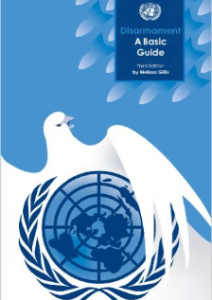
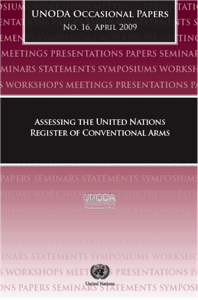
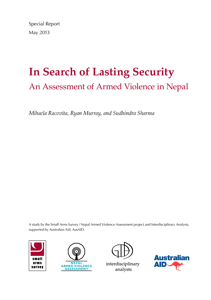
Fact Sheets on Conventional Arms
- Arms Trade Treaty (ATT)
- Convention on Certain Conventional Weapons (CCW)
- Convention on Cluster Munitions (CCM)
- Convention on the Prohibition of the Use, Stockpiling, Production and Transfer of Anti-Personnel Mines and on their Destruction (APLC)
- Secure Ammunition Management Through UN SaferGuard
- Sharing Levels of National Military Expenditures
- Small Arms and Light Weapons
- Transparency: United Nations Register of Conventional ArmsUNSCAR: United Nations Trust Facility Supporting Cooperation on Arms Regulation

